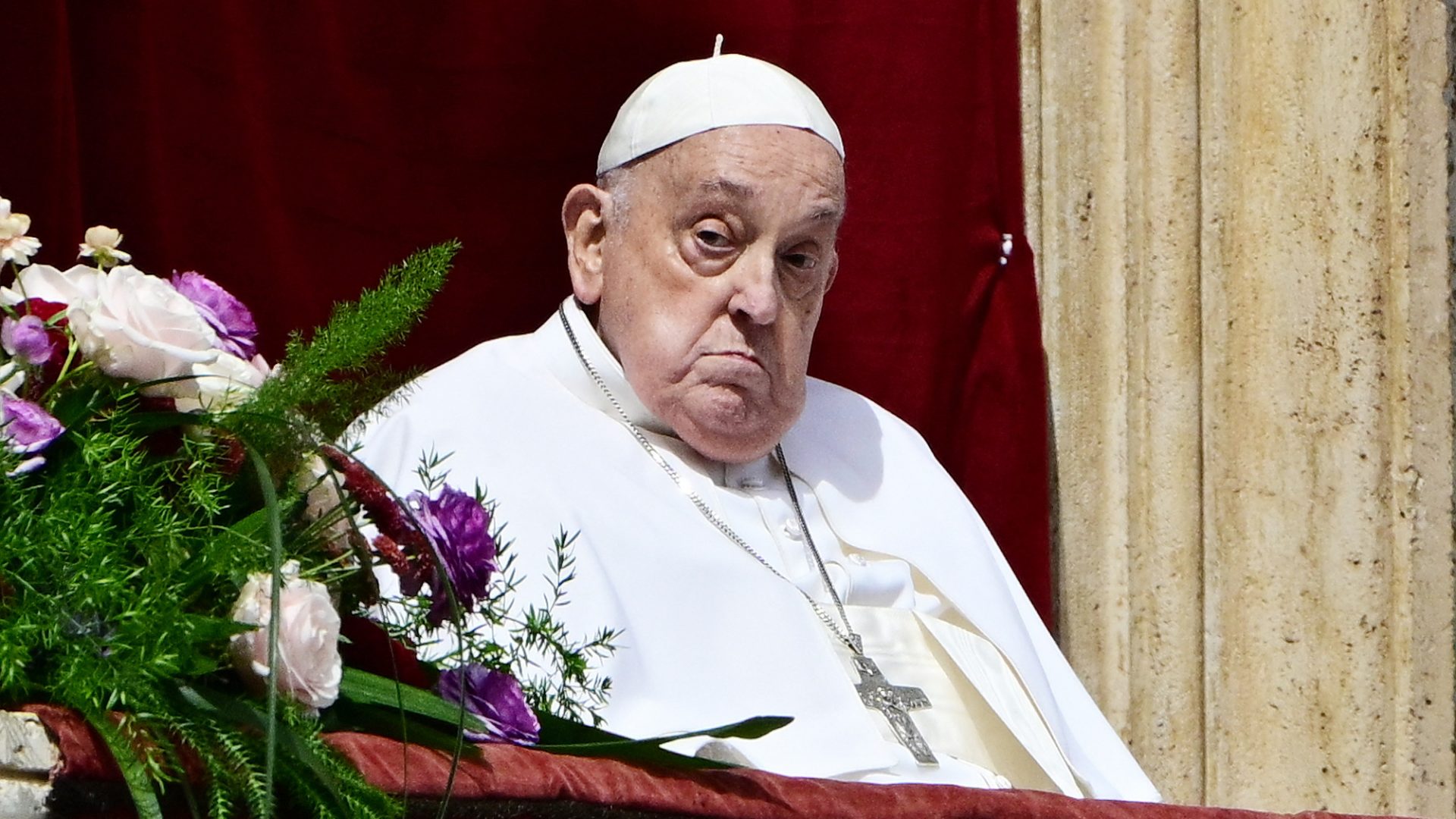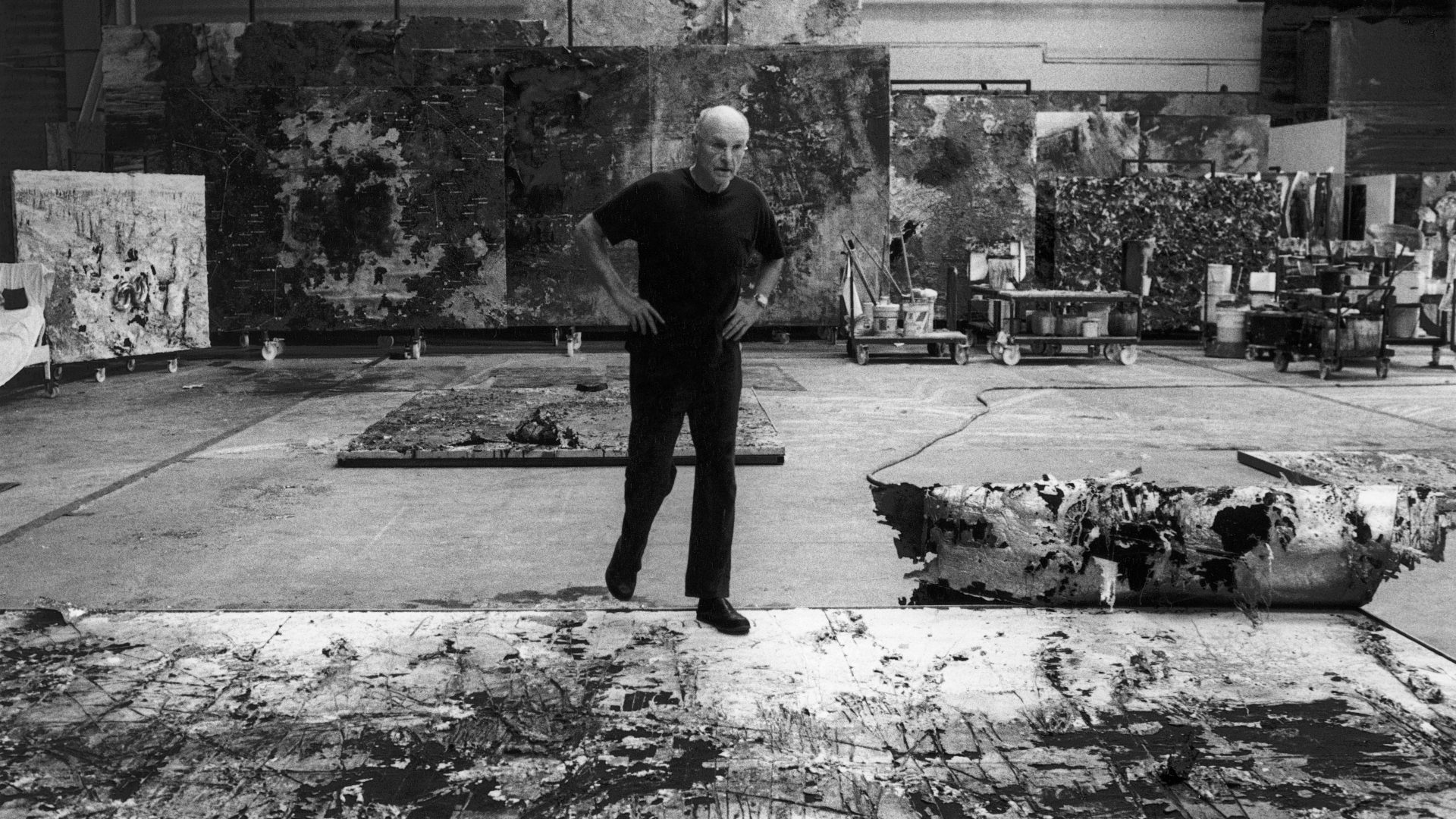On February 6, just over 10 weeks before his death at the age of 88, Pope Francis confused Vatican observers by extending Giovanni Battista Re’s five-year term as the dean of the College of Cardinals. In the light of what has happened since, it looks like a move by an ailing pontiff that would not have been out of place in Conclave, the hit movie about a papal succession.
Elected by just 12 cardinal bishops, the Vatican’s highest-ranking clerics, the dean is primarily an honorary position – until a pope dies and he must take on the sacred process of leading the conclave that elects a new one. But only cardinals under the age of 80 can vote or officiate, and unlike the fictional dean played by Ralph Fiennes in Conclave, Re is 91, and therefore too old to participate in the succession debate.
Tradition has it that if the dean is too old to take on the conclave role, his deputy steps in. If he too is over 80, the responsibility automatically devolves in order of seniority to the next eligible cardinal bishop.
By keeping Re in place, Francis all but guaranteed that the conclave role would fall automatically to Pietro Parolin, the Vatican’s secretary of state, even though this career diplomat has long been the bookies’ favourite to become pope. While his star has dimmed in the wake of a London property scandal and his personal association with the deal that gave Chinese party officials input into papal appointments, he is still regarded as a calm, capable figure.
Ed Condon, co-founder of Catholic church news blog The Pillar, called it “the closest this pope has come to winking at a possible successor – and that could trigger interesting and perhaps unintended consequences.”
Until February, Francis had carefully avoided the encouragement of an obvious successor, with some even arguing he had deliberately cultivated
a field of rival candidates. Not all the cardinals appointed by Francis are progressives, with the most notable example the arch-conservative German cardinal, Gerhard Müller.
Today, more than 60% of the 138 cardinals eligible to vote in the conclave are Francis’s appointments, a statistical watershed that suggests his successor will at the very least share his vision. The reality, however, is far more complex and unpredictable – history shows that conclaves often exercise a logic of their own.
At last count, 93 countries have cardinals who can vote in a conclave, compared with fewer than 50 countries when Francis was elected in 2013. But unlike previous popes, Francis rarely invited the entire college to Rome for consultation and this, coupled with their vast, new geographic spread, means they know little of each other.
Ultimately, just as the perennial struggle between progressives and conservatives has plagued global Catholicism at least since the death of Pope John Paul II in 2005, it will also be the defining tension that will occupy cardinals in the next conclave.
Women’s ordination, communion for divorcees, the blessing of same-sex couples and the use of the Latin Mass were the recurring motifs of Francis’s papacy and will continue to be for the next pope – not just because they continue to polarise the hierarchy, but because the 1.4 billion Catholic faithful worldwide can’t agree on them either.
Francis was seen as being caught between a 21st-century rock and a hard place, unable to satisfy conservatives who believe he went too far, or the progressive wing frustrated that he did not reform the Church enough.
Only one man can shape the destiny of the papacy. So who are the most serious frontrunners?
The progressives
Cardinal Matteo Zuppi, 69, president of the Italian Episcopal Conference and special envoy of the pope for the Ukrainian conflict, has declared himself open to the ordination of women, the blessing of same-sex marriages and an outspoken advocate of inclusivity.
Portugal’s José Tolentino de Mendonça, 58, also an advocate of diversity and inclusivity on both social and spiritual issues.
Robert Prevost, 68, and newly made a cardinal bishop, he worked in Peru and has been a powerful advocate for social and pastoral reform in the Church.
The moderates
Pietro Parolin, 69, secretary of state, seen as Francis’s right-hand man.
Luis Antonio Tagle, 67, one of Benedict’s last cardinal appointments, but also seen as a trusted supporter and confidant of Francis. While regarded as a moderate, he has taken progressive views on immigration and social justice, perhaps making him a strong compromise candidate.
Claudio Gugerotti, 68, prefect for the Eastern churches, with wide diplomatic, interfaith, multicultural and political experience.
Ángel Fernández Artime, 63, regarded as the more moderate of the traditionalists.
Italian Roberto Repole, 59, one of the youngest cardinals, espouses conservative doctrinal views but is open to dialogue on social reform.
Domenico Battaglia, 60, is one of the most recently appointed cardinals.
The conservatives
While Gerhard Müller, 77, is a significant figure in the traditionalist camp, an avowed supporter of Trump and is listed as “papabile”, he is not seen as a conservative frontrunner.
Péter Erdő from Hungary, president of the European Bishops’ Conference, is critical of gay marriage and European nations accepting refugees and has forged strong ties with African bishops.
Ambongo Besungu from the Democratic Republic of the Congo emerged as a prominent conservative in January last year when he flew to Rome to deliver African bishops’ complaints about the blessing of unmarried same-sex couples.
Dutch cardinal Wim Eijk was a trenchant critic of Francis on social issues, interfaith dialogue and of civil remarriage for couples after divorce.
With a 138-strong Conclave, at least 92 votes will be required to win the papacy – 16 more than were needed to elect Francis – and the race will be close.
Says Ed Condon: “Under Francis, the practice of naming cardinals from out-of-the-way places, while often passing over more bishops in traditionally high-profile archdioceses, has certainly diversified the college. But the other side of that coin is the cardinal electors are in large part a mystery even to each other.
“What that means for a conclave is the few big-name candidates like Cardinal Parolin start with a huge selection bias in their favour – you can only vote for names you know – but if there isn’t a speedy election it means the field is wide open for a true surprise.”



